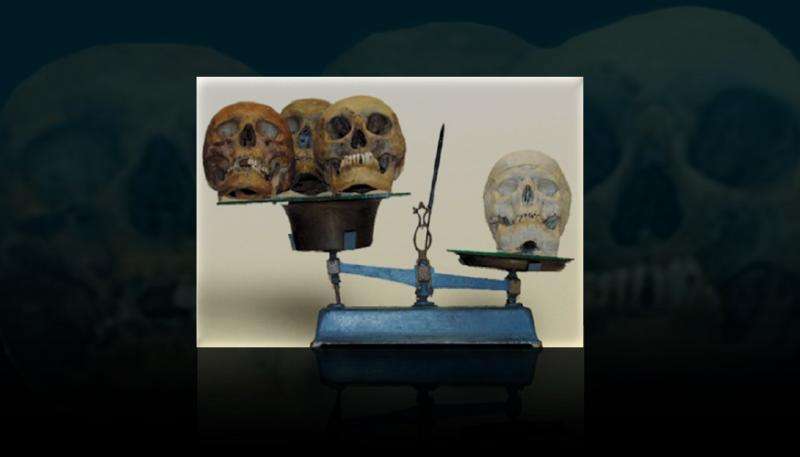Researchers explore biomechanical regulation of a key gene in bone

Researchers from Lawrence Livermore National Laboratory (LLNL), in collaboration with Damian Genetos at UC Davis and Alex Robling at Indiana University School of Medicine, investigated a regulatory element for the gene controlling bone mechanoadaptation.
Over time, pressure loaded on the skeleton builds bone mass while bone mass is lost from disuse. The sclerostin (Sost) gene is a negative regulator of bone formation that responds to pressure loading and unloading known as mechanoadaptation.
The study hypothesized that the non-coding enhancer ECR5 was the primary regulatory element working like a light switch telling the Sost gene whether it should turn on or off during loading and unloading.
Researchers found removing ECR5 did not prevent the effects of unloading on mice with Sost. "This suggests that ECR5 it is not the only regulatory element at play with load-induced regulation of Sost. Bone expression is driven by multiple regulatory elements, and the promoter of the gene may be more important than the regulatory element in this situation," said LLNL biomedical scientist Gaby Loots.
Sost helps stop bone growth from getting out of hand so bones are not continuously growing larger and larger. When you do not have Sost expression, bone is resistant to disuse and does not lose mass.
As an adult, having the gene temporarily turned off is a good thing because it helps maintain bone mass and heal fractures. However, it causes extreme problems if children are born with a near complete lack of Sost expression. For example, patients with the rare skeletal disorder van Buchem's (VB) disease exhibit three to four times more bone than normal; this condition becomes most problematic in the skull as the bone overgrowth pinches nerves and eventually leads to facial palsy. Identifying the regulator that mediates loading and unloading could have biomedical applications for VB or other bone diseases such as osteoporosis.
LLNL scientists Gaby Loots and Matt Coleman plan to apply this study's findings toward new research for NASA to help negate the effects of unloading and radiation-induced bone loss for countermeasures in astronauts who spent significant time in space.
Astronauts lose bone from disuse due to lack of gravity and radiation exposure while aboard the space station, sometimes 1-2 percent each month. Each separately contributes to bone loss, but it is still unclear how microgravity and radiation compound their effects on bone and other tissues. Exploring treatment with temporary lack of Sost could help overcome both side effects of space travel.
"It could be protective to them. As you look forward to extended trips to the International Space Station or future trips to far reaching places like Mars, maintaining healthy bone mass becomes increasingly more important," said Loots.
LLNL scientist Deepa Murugesh also contributed to the study. The paper appeared in the Sept. 4 online edition of Bone.
More information: Alexander G. Robling et al, Sost, independent of the non-coding enhancer ECR5, is required for bone mechanoadaptation, Bone (2016). DOI: 10.1016/j.bone.2016.09.001


















